The Future of Commercial Construction in America
The commercial construction industry in the United States is on the brink of a transformative era, driven by a range of technological advancements, sustainability imperatives, and shifting economic dynamics. As we assess the current landscape and anticipated trends, it becomes evident that the future of commercial construction will be defined by the industry’s ability to integrate innovation with practical applications. This article delves into key trends, explores technological innovations, evaluates sustainability efforts, and analyzes market factors that are set to reshape the industry in the coming years. From the adoption of smart building systems to the push for net-zero energy structures, commercial construction is rapidly evolving. Labor shortages, supply chain challenges, and increasing regulatory requirements will also play a crucial role in shaping how projects are delivered. By examining these factors, stakeholders can better prepare for the opportunities and challenges that lie ahead, ensuring long-term resilience and competitiveness in a changing environment.
Technology and Innovation in Construction
Technological innovations are steadily revolutionizing how commercial construction projects are conceptualized, designed, and executed. Equally important are the sustainability practices gaining traction, driven by a growing awareness of environmental impacts and regulatory pressures. Furthermore, the economic dynamics, from urban growth to shifts in office space utilization, will continually influence market demands. Together, these factors paint a comprehensive picture of the future landscape of commercial construction in America. Collaboration between architects, engineers, and contractors will become increasingly essential, supported by digital tools like Building Information Modeling (BIM) and AI-driven analytics that enhance efficiency, safety, and cost management throughout each phase of construction.
Prefabrication and Modular Construction
Prefabrication and modular construction are disrupting traditional building methodologies by offering efficiency and cost-effectiveness. These approaches minimize on-site labor and reduce construction times, addressing some challenges related to the skilled labor shortage. With a 7% increase in new construction projects, prefabrication provides a viable solution to meeting heightened demand while maintaining project timelines. Modular designs enable the construction of entire building sections off-site, ensuring precision and quality while adhering to rigorous standards. As the industry continues to embrace this technology, it anticipates improved project outcomes and client satisfaction.
The Role of Robotics and Automation
The role of robotics and automation in commercial construction is expanding, bringing about transformative changes in how buildings are constructed. Automation addresses labor shortages by taking on repetitive and dangerous tasks, freeing skilled workers for more complex responsibilities. Robotics lend precision and efficiency, particularly in tasks such as bricklaying, concrete pouring, and steel assembly, reducing human error and enhancing safety on construction sites. The rising 7% in new construction projects further underscores the necessity of incorporating such technologies to meet industry demand. Technologies like autonomous machinery and drones are set to redefine traditional construction practices.
Robotics and automation technologies offer significant productivity gains, translating to decreased project durations and substantial cost savings. Projects employing robotics are completed more swiftly and safely, with reduced dependence on a tight labor market. As automation technology advances, the integration with sophisticated software systems facilitates flawless execution and monitoring. These components are crucial in modern construction environments, especially with their ability to gather and analyze data, supporting dynamic decision-making processes. In essence, automation not only fulfills immediate labor needs but also provides a framework for long-term industry sustainability and growth.
Energy-Efficient Design
Energy-efficient design is an essential facet of sustainable commercial construction, aiming to reduce buildings' energy consumption and environmental footprint. Incorporating renewable energy sources, optimized insulation, and modern HVAC systems are standard practices in constructing energy-efficient structures. According to Construct Connect, the U.S. is experiencing a 7% increase in new construction projects; energy-efficient design is not only ecologically responsible but also economically advantageous. The pressing necessity of addressing climate change compounds the need for these designs, inducing the sector to innovate continually. By prioritizing energy efficiency from the outset, developers can deliver buildings that satisfy environmental and financial objectives alike.
The advantages of energy-efficient building solutions are significant, comprising reduced operational costs and enhanced occupant comfort. With technological advancements enabling superior control over building environments, energy efficiency is intrinsically linked to smart building designs. Current trends accentuate passive design techniques and smart energy management systems that harmonize external conditions with internal climate control systems. This integration results in substantial reductions in energy utilization, translating to both cost efficiencies and a lower environmental impact. As urban areas expand, the imperative for energy-efficient buildings that align with sustainability goals will intensify.
Future advancements, driven by innovations in energy modeling and simulation, are set to further optimize energy-efficient designs. These innovations will allow for precise estimation of a building’s energy profile, enabling designers and engineers to implement bespoke solutions. Employing advanced analytics to predict energy consumption patterns will support the development of custom-built environments that conform to specific user requirements. As these technologies mature, they will cement energy-efficient design as a defining characteristic of future commercial buildings, aligning with broader sustainability goals and regulations. Consequently, energy-efficient designs are central to responding effectively to evolving regulatory standards and environmental targets.
Use of Renewable Materials
The integration of renewable materials in commercial construction is fundamental to achieving sustainability goals and minimizing environmental impact. The utilization of eco-friendly materials such as bamboo, reclaimed wood, and recycled metals supports sustainable development and responsible resource management. With a 7% increase in new construction projects, leveraging renewable materials becomes an effective strategy to mitigate the environmental costs associated with traditional building materials. These materials not only contribute to reducing construction’s carbon footprint but also enhance indoor air quality and occupant health. By prioritizing renewable resources, the construction industry is actively addressing ecological concerns while enhancing building performance.
Renewable materials are steadily gaining traction due to their durability, aesthetic appeal, and favorable environmental attributes. Their adoption facilitates compliance with local and international standards for sustainability and environmental protection. Innovations in material science have reinforced the viability of renewable materials, making them more cost-competitive and accessible across various project scales. Furthermore, the strategic use of locally sourced materials supports regional economies and shortens supply chains, reducing the ecological footprint. As awareness and demand for sustainable solutions continue to grow, renewable materials will become an indispensable component of forward-thinking construction projects.
Encouragement of sustainable material use is critical in shifting industry paradigms and overcoming traditional resistance to change. Stakeholders can champion this shift by investing in research and promoting the benefits inherent to renewable materials. Doing so will not only meet regulatory demands but also resonate with increasingly environmentally conscious consumers and investors. The ongoing development and implementation of these materials align with the broader goal of fostering a sustainable built environment. Embracing renewable materials in commercial construction signifies a commitment to the future, completing projects that are both environmentally responsible and economically viable.
The ongoing development of climate-related building regulations signals an increasing recognition of sustainability as a central element of urban planning. As the need for environmentally conscious construction grows, collaborative dialogue between stakeholders and policy makers will be essential. This cooperation will facilitate the formulation of balanced regulations that support innovation while safeguarding environmental objectives. By anticipating regulations and integrating sustainability into core business strategies, the commercial construction sector can drive progress and resilience in a rapidly changing climate. Ultimately, these efforts underscore a commitment to creating building environments that are both sustainable and resilient, capable of weathering climate challenges. For more information about the services that we offer, reach out to our incredible team at Construction Services Inc today!
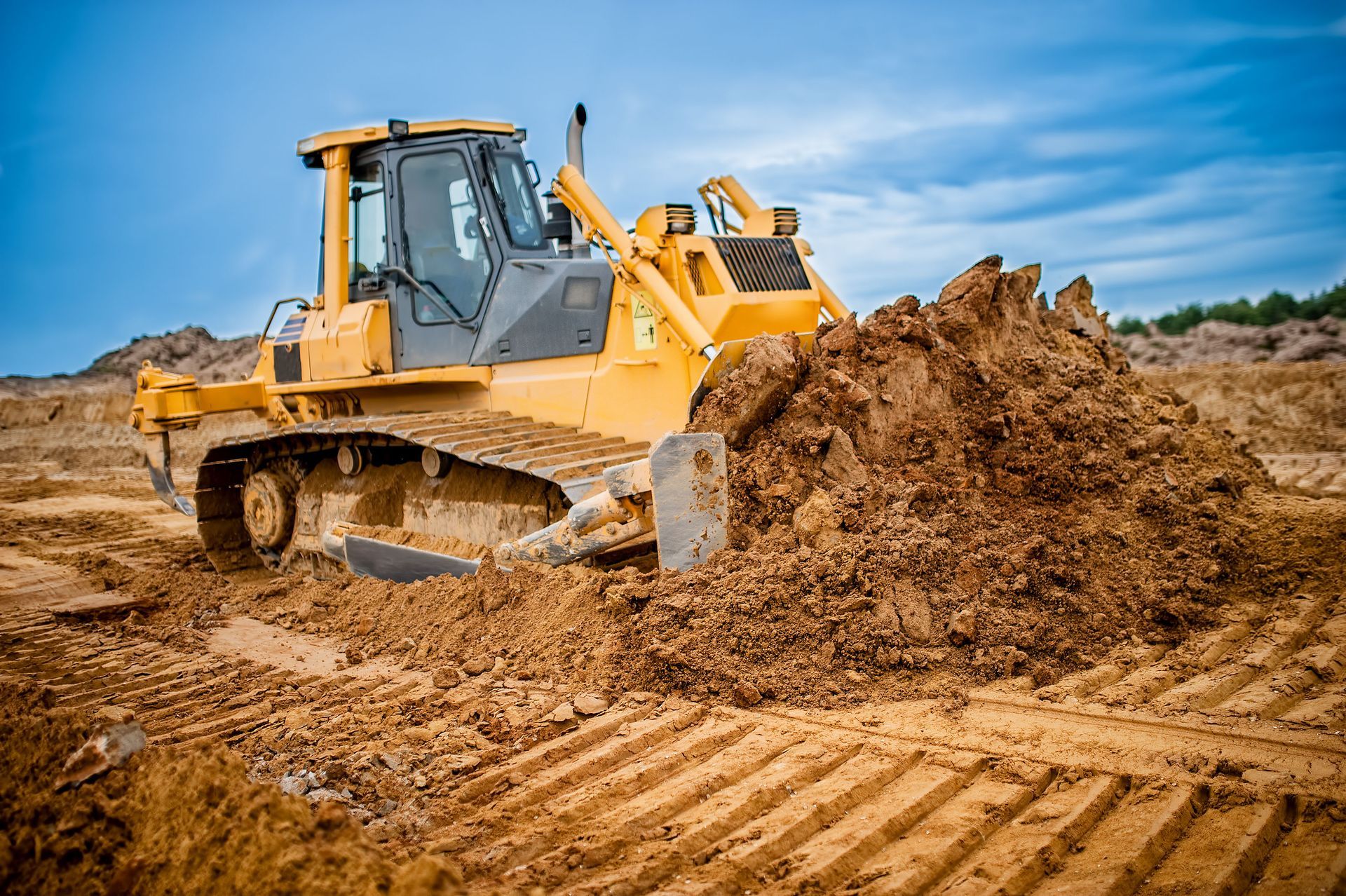
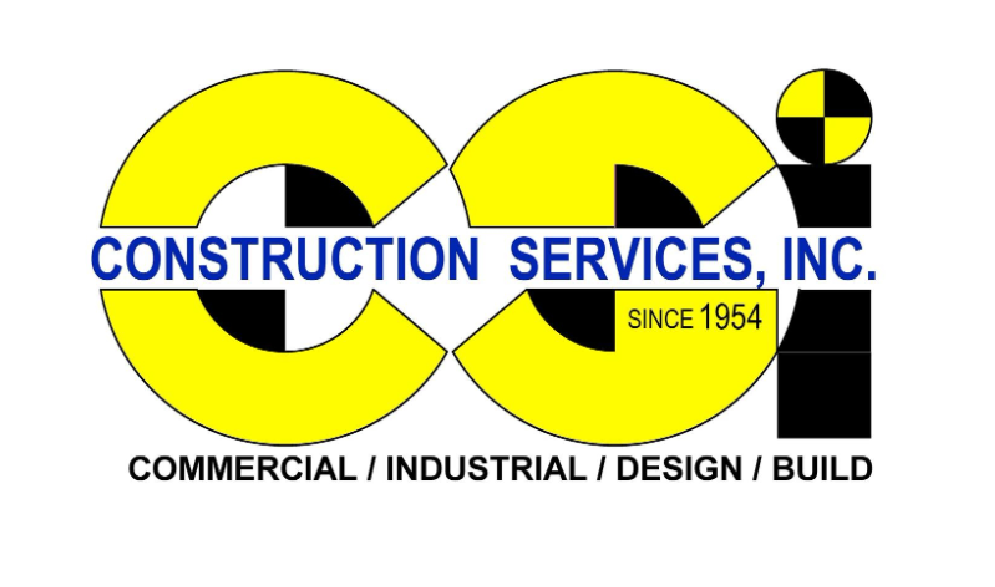
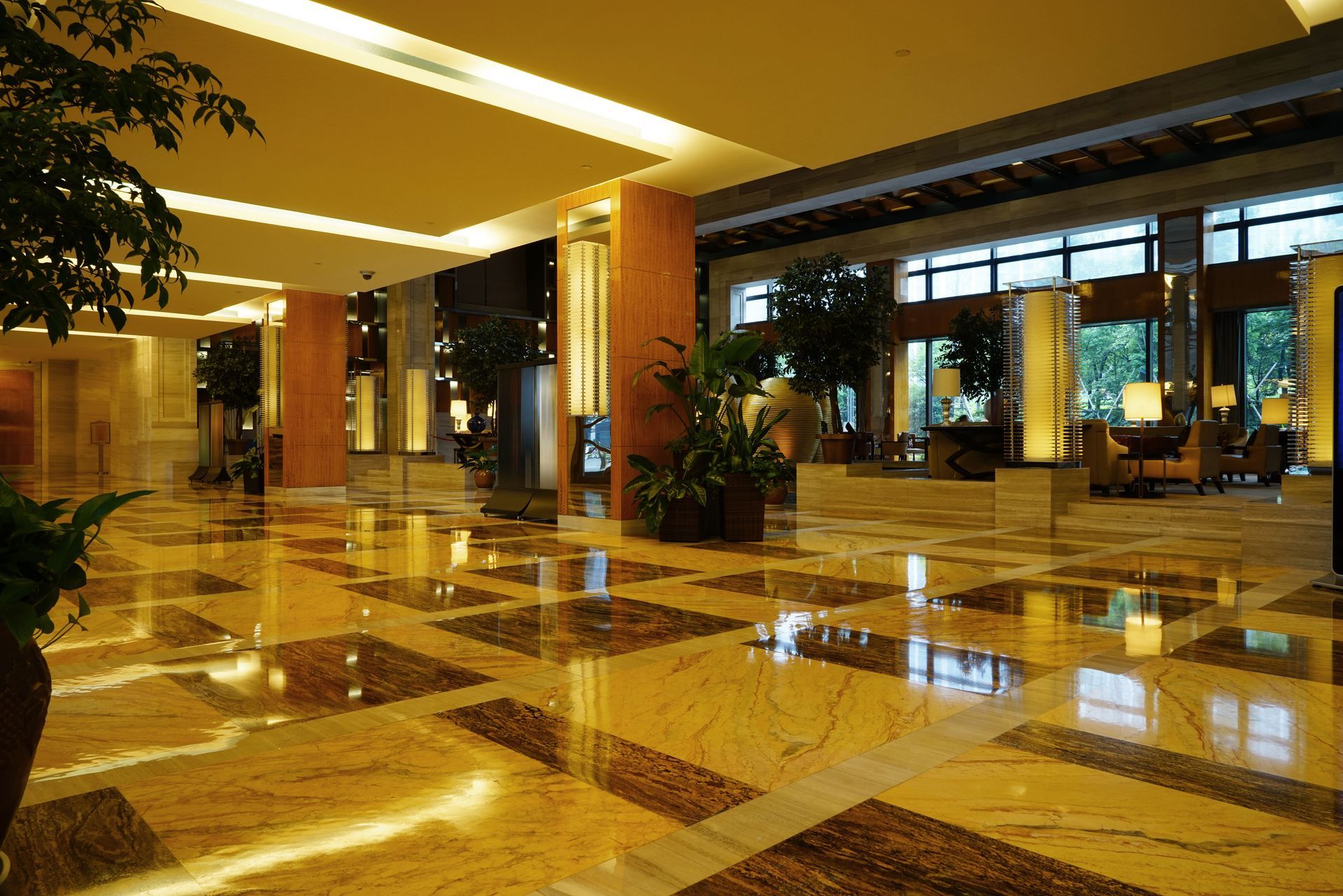
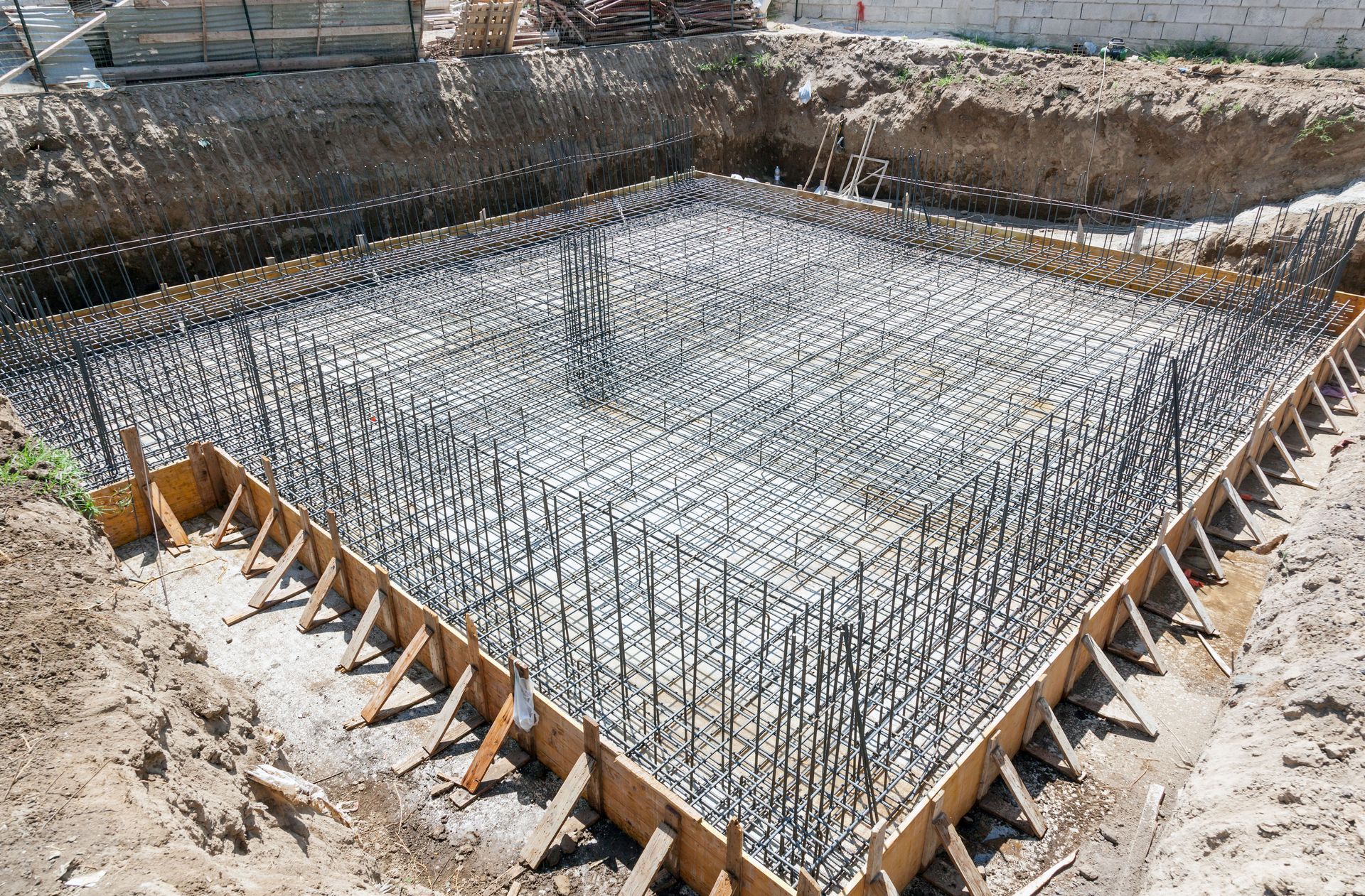
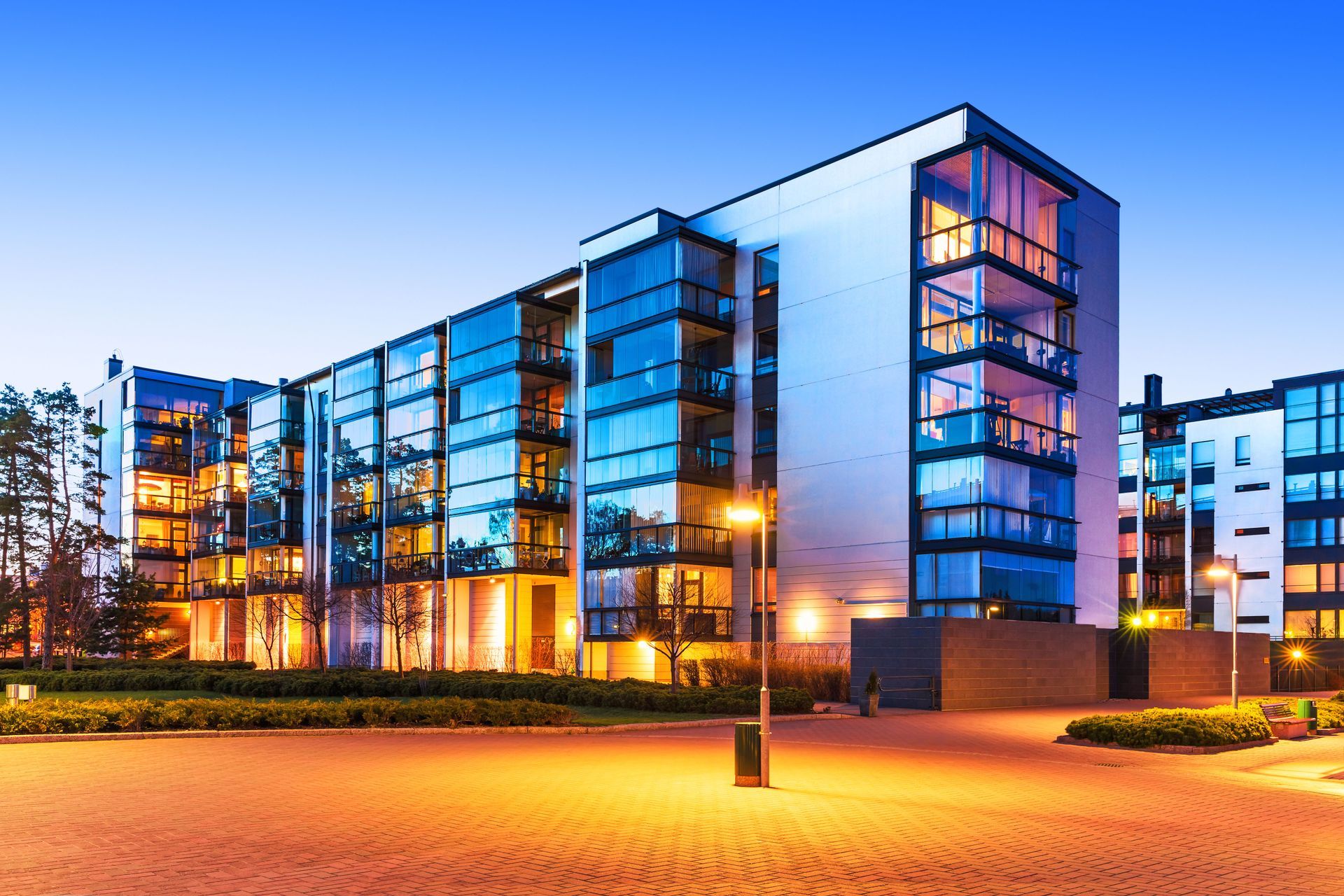
Share On: